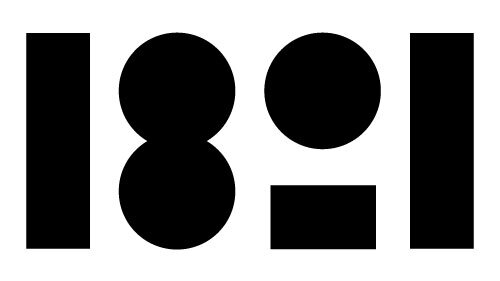My favourite clients usually follow this formula:
When they begin, everything is on track. The world is theirs, the runway is just long enough for the dream to have a chance, they have a few investors, an imminent and relevant problem, and a solution that has the power to solve it.
They — yes—they are going to make it.
Armed with a new logo, website and brand guideline, the identity is fantastic. As ready as a newly minted dinosaur park, they have spared no expense.
The calls and invitations to meetings come trickling in. “We heard about your story from a colleague, and want to really get to know you.”
First-class tickets appear.
This is it. The rest of the night is spent on the deck, copying the information from the old deck into the new, and adding in extra slides to really beef it up. It looks great — miles ahead of where it was yesterday. Rehearsals happen on the plane, and they’re ready.
Two days later, London and Geneva. The meetings went really well, and the team heads home to celebrate.
Two weeks later.
The meeting has been unfruitful but they loved meeting, and only a few other referrals have come in from people you met at networking events. Nothing is coming from the presentation on the website, or the email sent out.
This is where we usually begin to work together. And this is where the honesty comes in.
The problem isn’t you. The problem is your pitchdeck. It’s an extension of you — not a replacement.
It’s not just a document. It’s the most powerful piece of inbound and outbound communication you have.
While templates are a great way to maintain consistency and a strict rule of order, they aren’t your story — and they aren’t tailored to you.
The identity is a great stepping stone, and a piece of design we absolutely love to create. But when you’re in the early stage…your pitch deck is the beating heart of your company.
Don’t just look at it for the background and the transitions. Look at your deck as a living, breathing extension of your company — of you.
For the company I just spoke of, the intros were based on personal interactions — not a pitchdeck. That became apparent after looking at the Google Analytics — people were downloading the presentation, but not contacting them. This is where we come in.
We help you tailor your deck to both speak, and attract. The presentation that lives online is designed to give them the story without your interaction. The presentation that you carry with you? That speaks alongside you.
Your story is in you, and the presentation supports it. Not the other way around.
If your inner Abe Simpson is coming out when you present, you may want to rethink your story.
The next time that you review your corporate presentation, ask these questions, and answer them brutally:
Does it tell a story?
How much of the presentation do I need to explain in order to get the point across? Is there a clear problem, a clear solution, and a clear path to you being that solution? Are you the hero, or are you the supportive best friend? If your deck doesn’t make the investor hungry for what you’ve thrown on the table, you’ve lost them. A concise story that has a clear and consistent path is paramount.Is it light in weight, but a juggernaut in impact?
Can a person get a clear grasp on what you do before seeing deep detail? If not, look through the content. How many charts, how many tables are inside? If there are many, we can give you options to communicate that information without one — sharply, but intuitively. In turn, it supports the tables that belong, and makes them more impactful.Does it allow you to speak authentically?
When working with my clients, I listen to their voice, and when they are passionate and excited, I take note. That passion is infectious, and those are areas in your company story where the in-person charm needs to stand out in a downloaded presentation.Is it human?
This is the most important question. If you aren’t making a solid, emotional connection, you aren’t getting to the top of the pack. The investment community can be intimidating, but remember: everyone is a human being, and everyone has their own story.
We had a client come in with a clear project that made the hairs on my neck stand up. I have had members of my family battle cancer, and so the problem that they were trying to solve resonated with me, and their business model had the legs to back it up.
(Pardon the pun.)
Because they made that connection within the first moments of introduction, it became a story that I wanted to share, and did so enthusiastically. Others felt the same connection when we did the test-run on their final deck. It wasn’t just about a go-to-market strategy. It was a human connection through business.
That’s valuable. It’s not flakey, and it’s not something to ignore.
Every person has a story, and the value in being able to connect with your audience doesn’t just lie in your EBITDA. The human connection pushes their excitement over it. It gets them to tell your story at the bar on a Tuesday night, and if your deck is memorable and poignant, that’s the story that they will communicate.
There are amazing companies with average logos and capivating decks. They are at the top of the stack. Their CEO is inspired and confident when speaking — knowing that the presentation reflects their values, is consistent and engaging.
Your deck, when well-designed and thoughtfully put together, lives through others. Your story becomes their story.
Invest in it. Like a beating heart, it is a constant feedback loop to how you as a company are growing. Make sure it’s in the best shape it can possibly be. We’d be happy to help.


